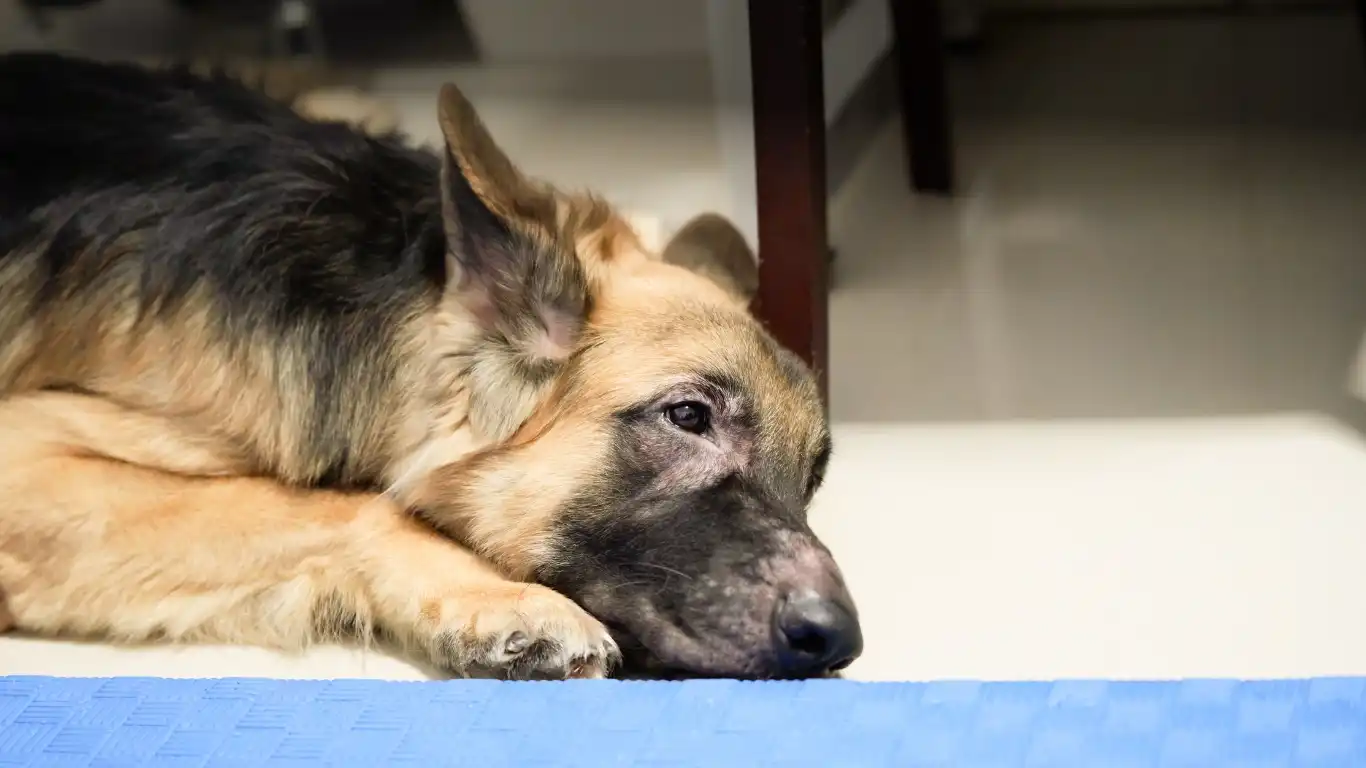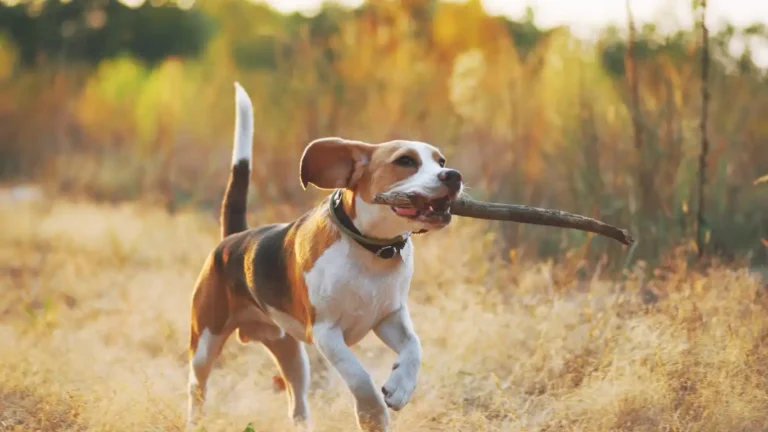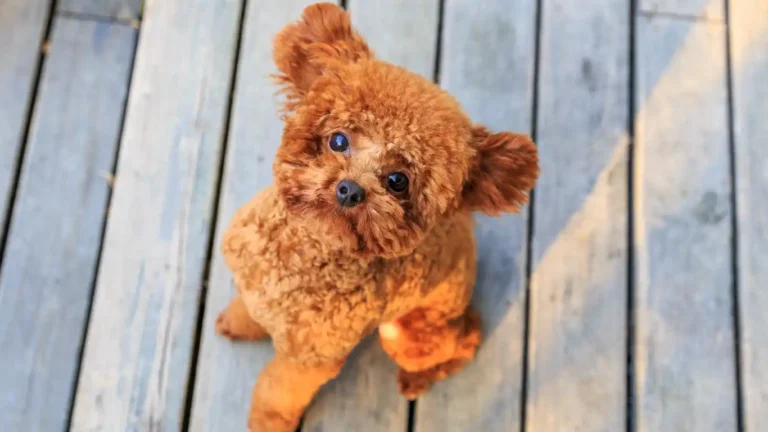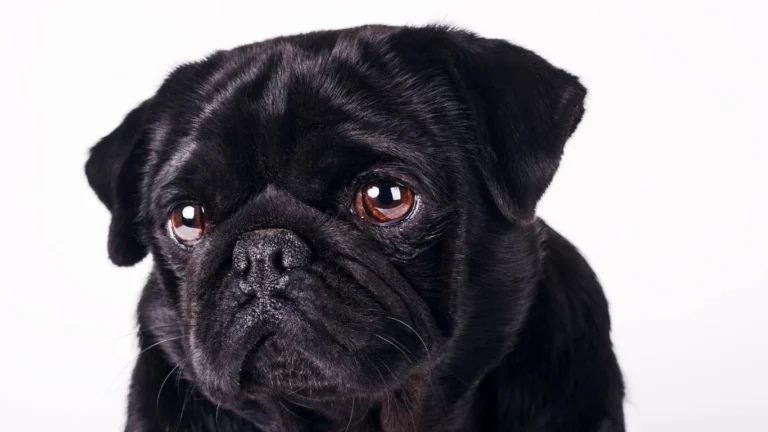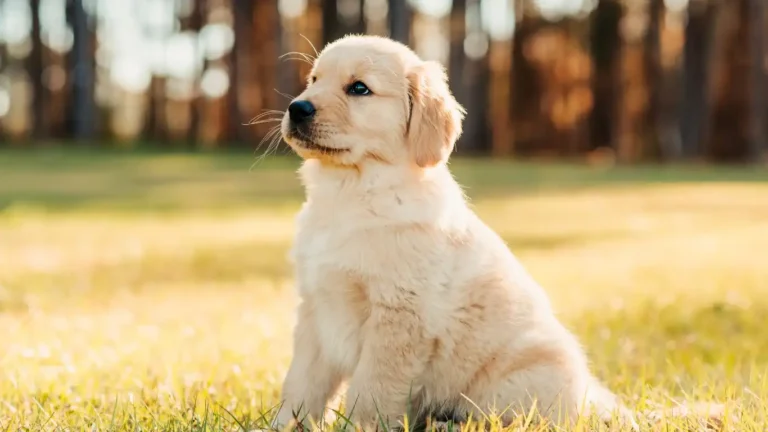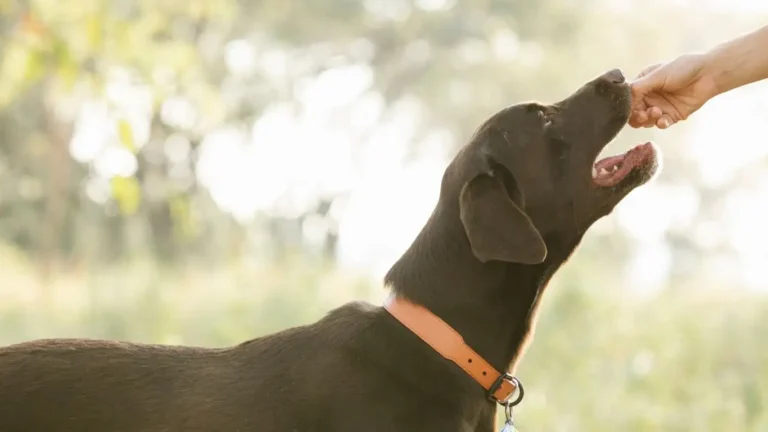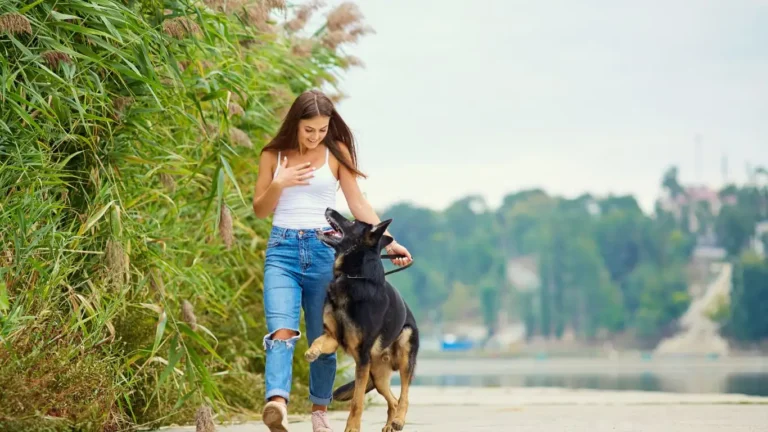Master How to Train a Dog to Use a Pee Pad Indoors Quickly and Easily
Training a dog to use a pee pad indoors can be a game-changer, especially for pet parents living in apartments or places where frequent outdoor access isn’t always possible. As a pet nutritionist and care expert with years of experience in veterinary clinics, I’ve seen the challenges and triumphs that come with training a dog to use a pee pad. It’s one of those skills that requires patience, consistency, and a good understanding of dog behavior. In this guide, we’ll go through everything you need to know about how to train a dog to use a pee pad indoors, from the very basics to more advanced training tips.
Why You Should Consider Pee Pad Training for Your Dog
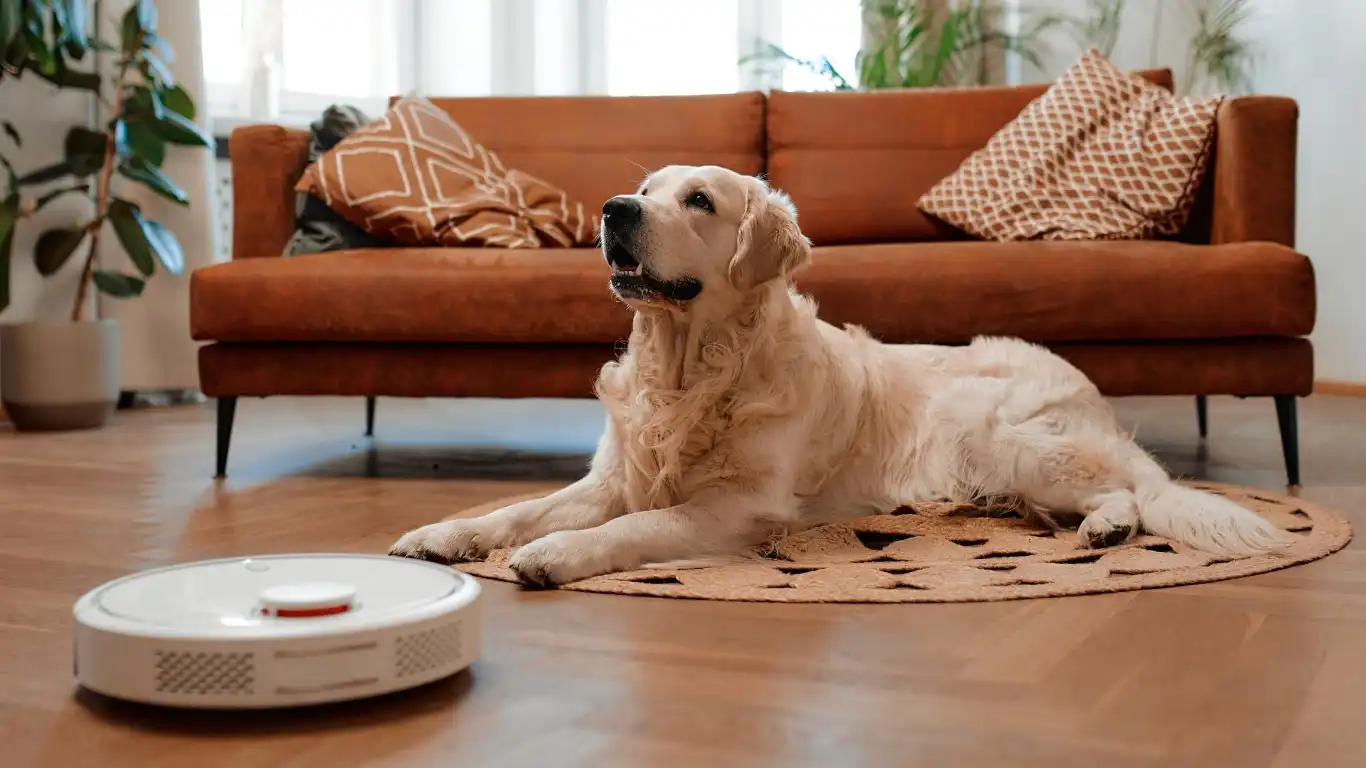
If you’re wondering whether pee pad training is the right choice for you and your dog, you’re not alone. Many pet parents face the dilemma of managing a dog’s bathroom habits indoors. Whether it’s due to limited access to outdoor space, bad weather, or a puppy that can’t hold it for long, pee pad training can make life a lot easier. Plus, it’s not just about convenience; it’s also about giving your dog a safe and hygienic way to relieve themselves indoors.
As someone who has spent years in veterinary clinics, I can tell you that it’s not uncommon for pet owners to feel frustrated or unsure about the process of indoor potty training. But don’t worry—this guide will help break it down into simple steps, so you and your dog can enjoy a smooth, stress-free experience.
The Basics of Pee Pad Training: Getting Started
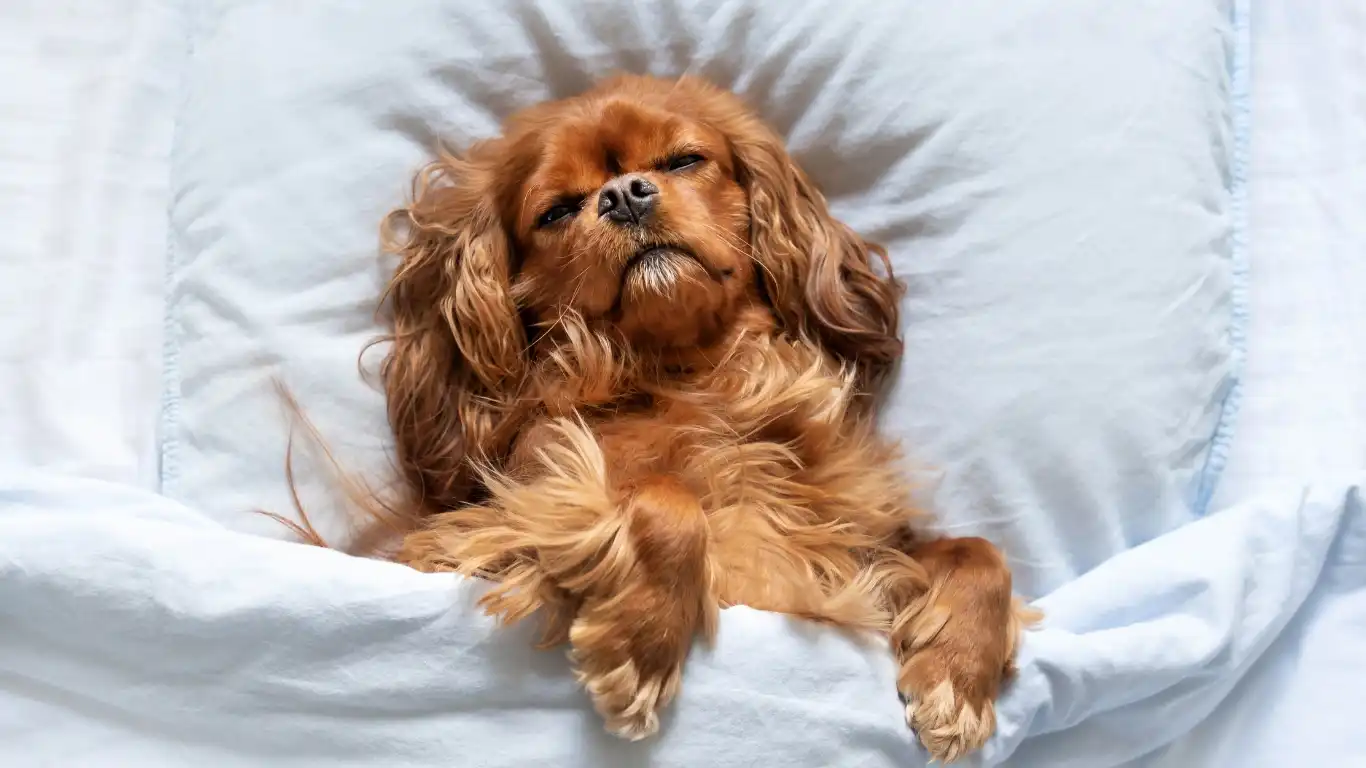
Choosing the Right Pee Pad for Your Dog
Before diving into the training itself, one of the first things you’ll need to do is pick the right pee pad for your dog. While most pads may look the same, not all are created equal, and finding the right one can make a huge difference in your success.
- Size: Make sure the pad is large enough to accommodate your dog’s size. A pad that’s too small may confuse your dog, and they may miss the target.
- Absorbency: Look for pads with high absorbency to prevent messes and odors. Some pads also have a built-in attractant to encourage your dog to use them.
- Quality: Not all pee pads are the same when it comes to durability. Choose one that can withstand your dog’s movements without tearing or shifting too much.
Pro tip from my own experience in working with pets—always go for pads that are designed for the size of your dog. For smaller dogs, standard-sized pads will work well, but for larger dogs, you’ll need a more robust, oversized pad.
Setting Up the Training Area
Once you’ve got your pee pads, it’s time to set up the training area. This area should be calm, quiet, and consistent, ideally somewhere your dog already feels comfortable. Typically, a spot near the door or in a confined space like a crate or playpen can work well. This helps your dog focus on the task and reduces distractions.
When setting up the area, consider the following:
- Placement: Place the pee pad in a location that’s easy for your dog to find, but not too far from where they spend most of their time. This encourages your dog to use it consistently.
- Keep it consistent: Once you’ve picked a spot, stick with it. Changing locations often can confuse your dog and make the training process take longer.
As a pet nutritionist, I’ve noticed that creating a positive, inviting space for training often yields the best results. Dogs are creatures of habit, so the more consistent you can be with their environment, the better their chances of learning quickly.
Establishing a Routine: Timing is Everything
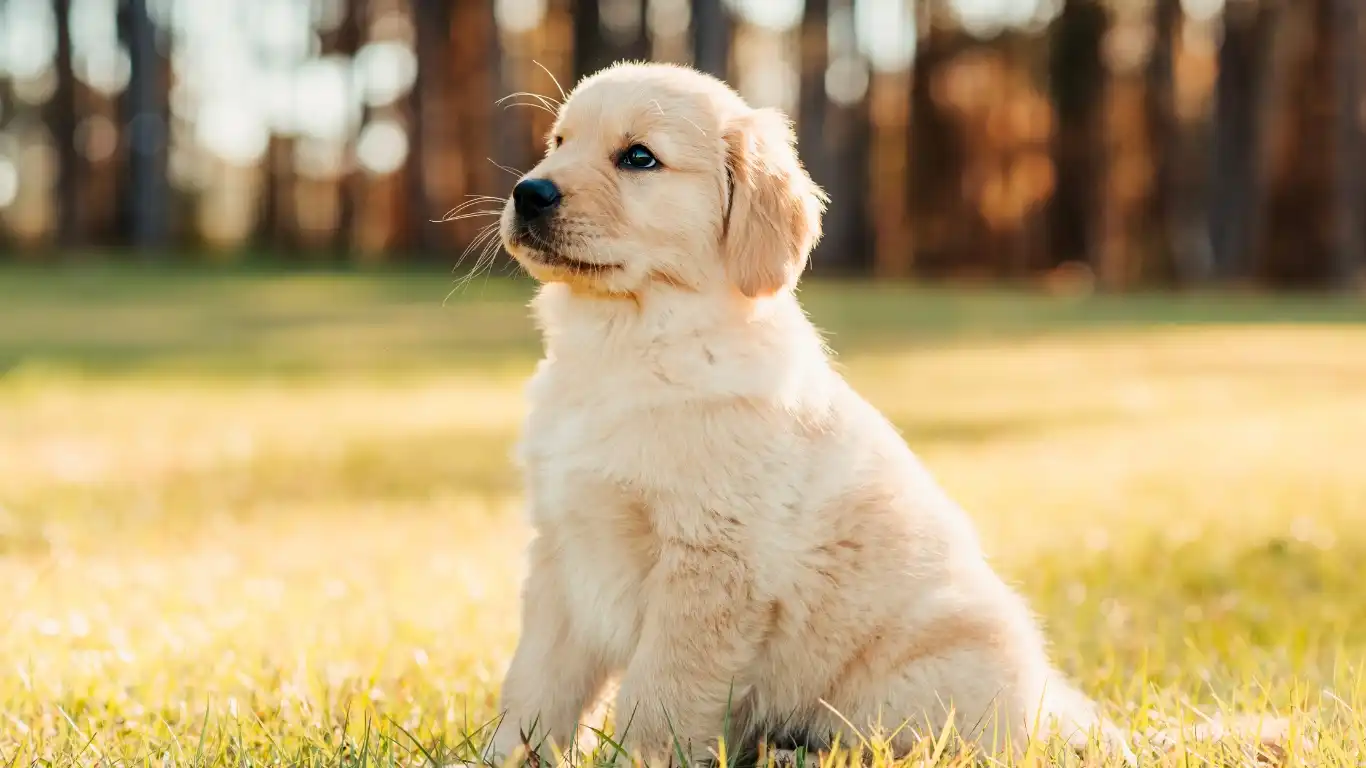
One of the most important aspects of training a dog to use a pee pad indoors is establishing a routine. Dogs thrive on schedules, so the more predictable you can make their potty breaks, the easier it will be for them to understand what’s expected. Here’s where timing comes into play.
Start by observing your dog’s natural habits. Dogs typically need to relieve themselves after eating, drinking, playing, or waking up. If you can predict when your dog needs to go, you can guide them to the pee pad at the right times. It’s all about creating associations between the urge to go and the pad itself.
Here’s a simple breakdown of key times to take your dog to the pee pad:
- After meals: Most dogs will need to go shortly after eating.
- After naps: When they wake up, take them straight to the pad.
- After playtime: Dogs often need to go after active sessions, so make sure to supervise them closely during play.
During the early stages of training, it’s important to stay close and watch for signs that your dog needs to go. Don’t wait too long to guide them to the pad—it’s all about catching them at the right moment. I’ve found that the quicker you react, the more likely they are to develop the right association with the pee pad.
Reinforcing Good Behavior: Positive Reinforcement Tips
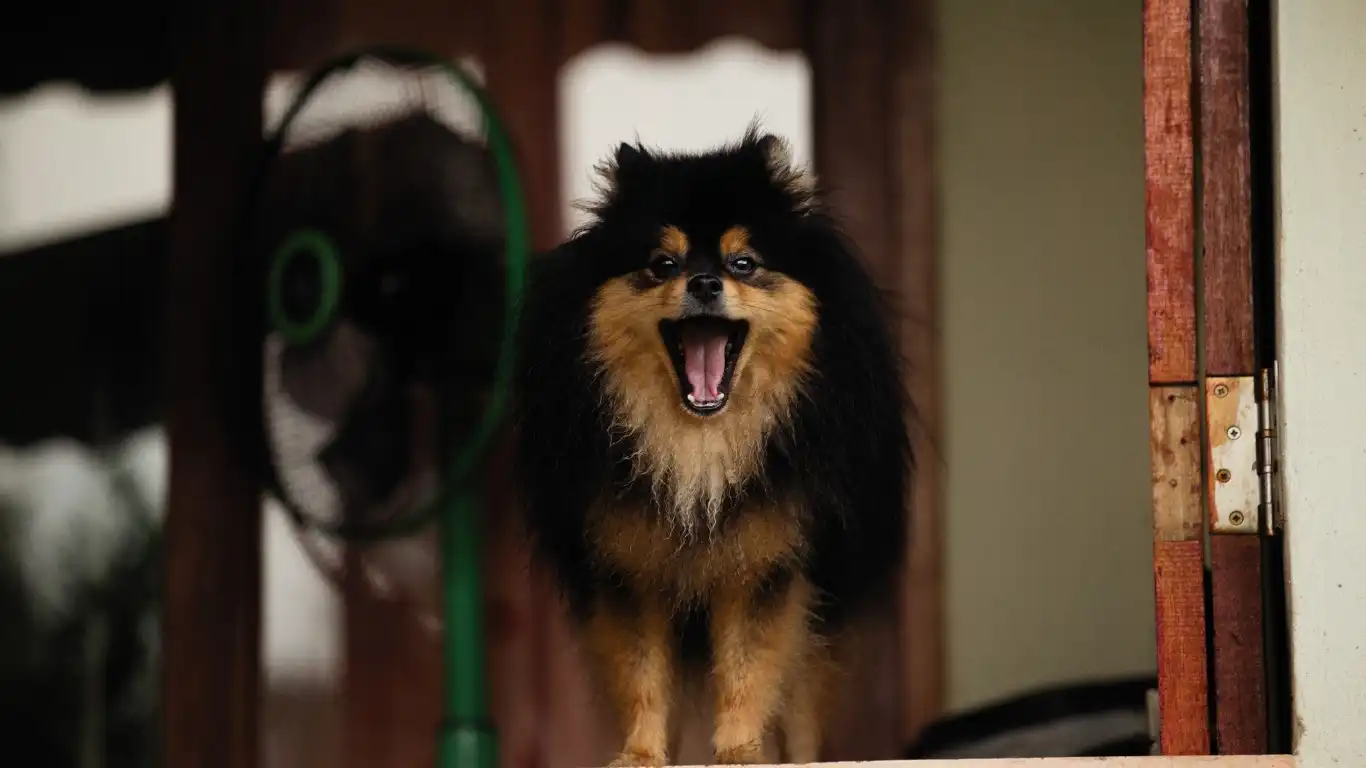
When it comes to training your dog to use a pee pad indoors, positive reinforcement is one of the most effective tools you can use. This is something I’ve seen time and time again in my veterinary experience—it really does make a world of difference. Dogs, just like people, respond well to encouragement and rewards. The key is to make the experience of using the pee pad feel like a positive one for your dog, so they’re motivated to repeat the behavior.
Here’s a breakdown of how to implement positive reinforcement during your dog’s pee pad training:
- Reward Immediately: Timing is crucial when it comes to rewards. You want to give your dog a treat or verbal praise the moment they use the pee pad. This helps them connect the action with the reward. If you wait too long, they may not make the association.
- Use High-Value Treats: Not all treats are created equal in a dog’s eyes. Use something your dog loves, whether it’s their favorite snack or a special treat saved just for training. This helps keep them engaged and excited about the process.
- Verbal Praise: Don’t underestimate the power of your voice! A cheerful, enthusiastic “good boy/girl!” or “well done!” can make your dog feel proud of their achievement. Over time, your dog will start to recognize the verbal cue as part of the reward system.
In my experience, incorporating both treats and praise will keep your dog motivated throughout the training process. I’ve had many clients come to me frustrated, but once we introduced a solid routine of positive reinforcement, their dogs started picking up on the behavior much faster.
Dealing with Accidents: Patience is Key
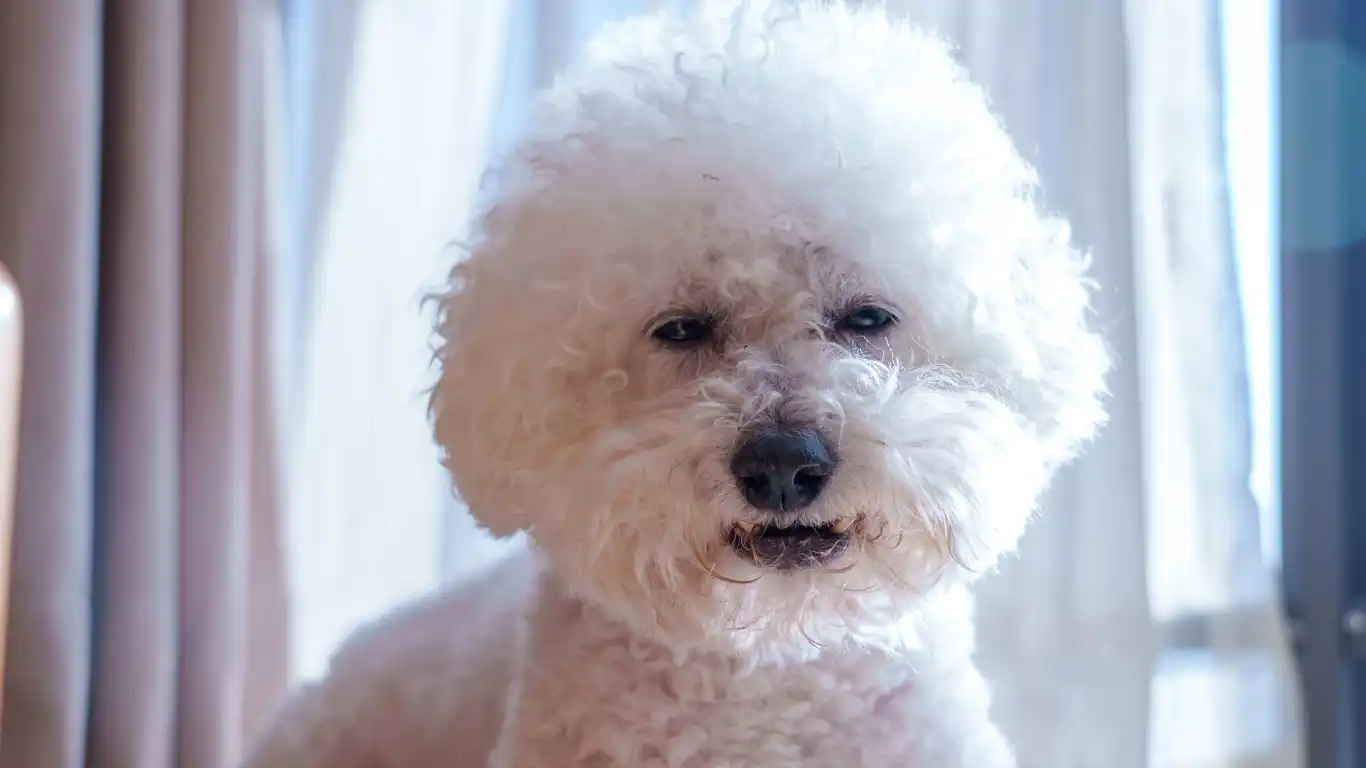
Accidents will happen. No matter how diligent you are with training, there will be moments when your dog doesn’t make it to the pee pad in time. It’s all part of the learning process. I know it can be frustrating, but trust me—getting upset with your dog won’t help. Remember, they’re still learning!
Here are a few tips for handling accidents and staying on track with your training:
- Stay Calm: The last thing you want to do is scold your dog when an accident occurs. Dogs don’t associate punishment with their actions, so it’ll only confuse them. Instead, calmly clean up the mess and move on.
- Redirect to the Pad: If you catch your dog in the act of having an accident, quickly and gently guide them to the pee pad. Don’t yell or make them feel bad—just redirect them with a calm tone and show them the right spot.
- Consistent Cleanup: Clean up accidents promptly and thoroughly. Use enzymatic cleaners to remove any lingering smells that could attract your dog to the same spot again.
From my work in veterinary clinics, I’ve learned that dogs pick up on emotions, so staying patient and calm helps them feel secure. The more you practice positive, non-punitive reactions, the faster they’ll learn what you expect from them.
Gradually Transitioning to Fewer Pee Pads
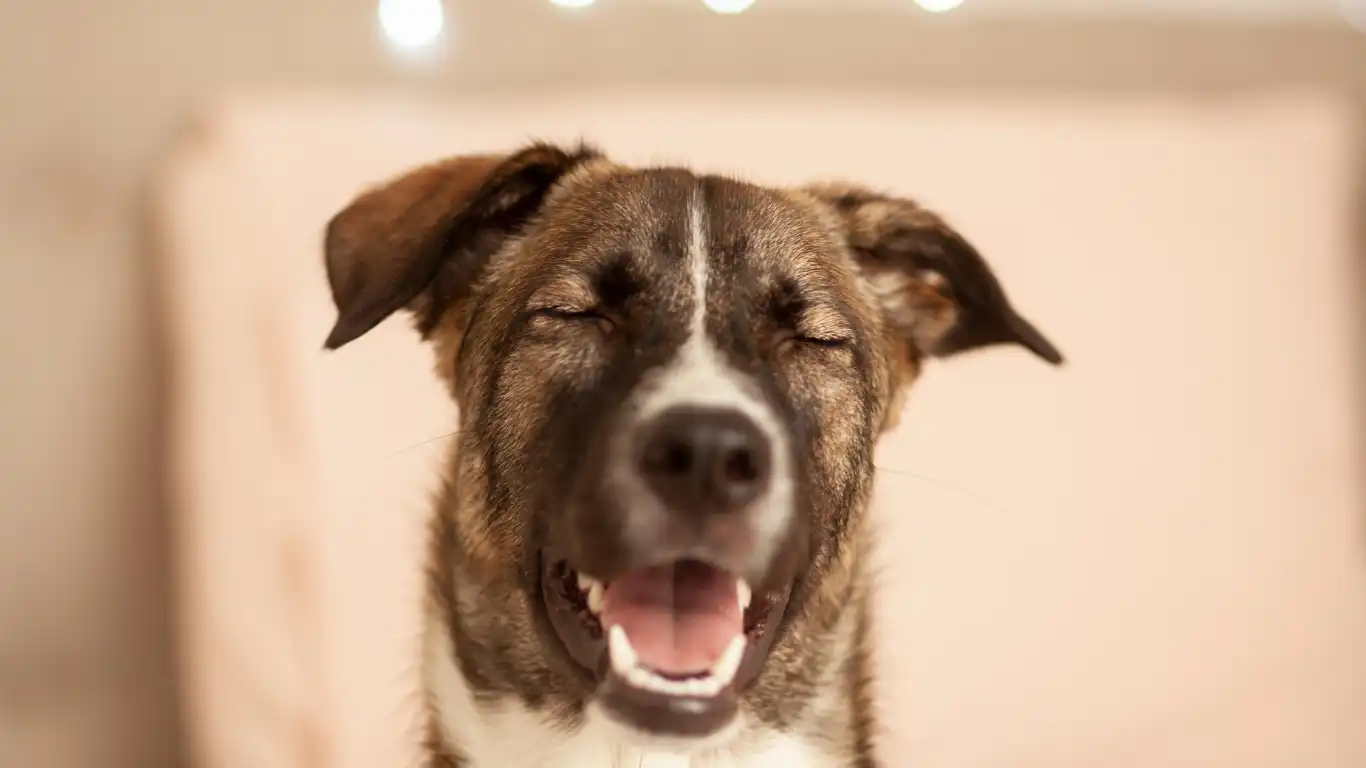
Once your dog is reliably using the pee pad, it’s time to consider transitioning them to using fewer pads, or even one pad in a specific area. This step may take some time, but it can help solidify the habit and make the process even more efficient. Plus, you’ll save on pads in the long run!
Here’s how to gradually transition to using fewer pads:
- Reduce the Number of Pads: If you’ve been using multiple pads, start by removing one pad at a time. Gradually reduce the number of pads available until your dog is using just one.
- Move the Pad Gradually: If you need your dog to use the pad in a specific location, move the pad gradually toward the desired area over several days or weeks. This helps your dog get used to the new location without confusing them.
- Maintain a Consistent Schedule: Continue to follow the same schedule and routine with feeding, play, and bathroom breaks. Dogs thrive on consistency, so keeping things predictable helps with the transition.
Throughout this process, be sure to celebrate the small victories. Even if it feels like your dog is still adjusting, each step forward is progress. When you’re patient and consistent, they’ll eventually get there, and it will make the transition smoother for both of you.
When to Seek Professional Help
For some dogs, the transition to using a pee pad may take longer than expected. If you’ve followed all the steps, but your dog is still struggling, it might be time to consider getting help from a professional trainer or behaviorist. There could be underlying issues, such as anxiety, that are making the training process more difficult.
If you’re unsure, don’t hesitate to reach out for professional assistance. I’ve worked with many pet parents who’ve found success by partnering with a behaviorist or a trainer who can tailor the process to their dog’s specific needs. It’s a great way to get additional support and troubleshoot any problems you’re facing.
With patience, the right tools, and positive reinforcement, most dogs will learn how to use a pee pad indoors successfully. The key is consistency, creating a positive experience, and giving your dog the time they need to adapt to this new routine. And remember, every dog is different—what works for one may take a little tweaking for another.
Common Mistakes to Avoid While Training Your Dog
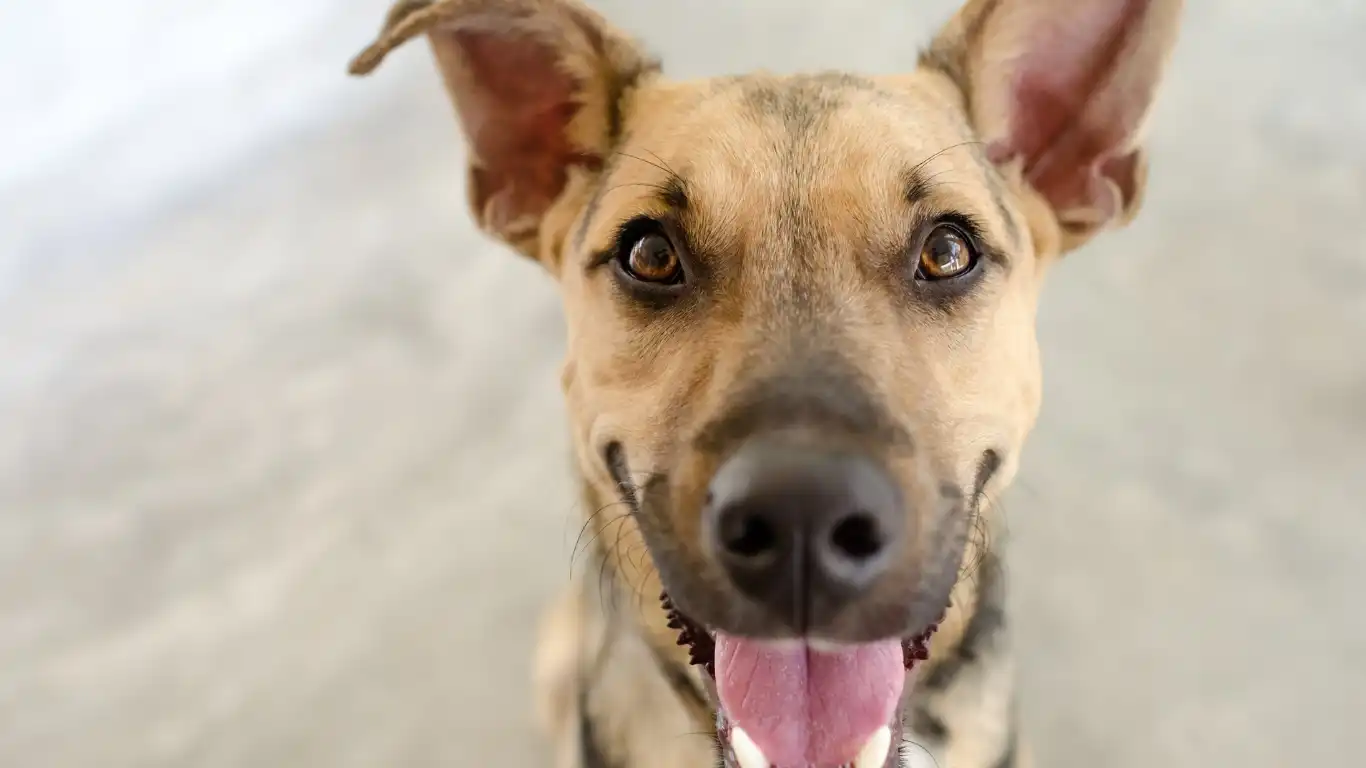
As a pet care expert, I’ve seen a lot of common mistakes when it comes to training dogs to use pee pads indoors. These mistakes often lead to frustration for pet parents, and can even slow down the learning process for the dog. While training a dog to use a pee pad may seem straightforward, it’s easy to get caught up in some simple traps. Let’s take a look at some of the most common errors I’ve encountered in my veterinary clinic experience and how you can avoid them.
1. Inconsistent Training Times
One of the biggest mistakes I’ve seen in my years of training pets is inconsistency. Dogs, especially puppies, thrive on routine, and they can quickly become confused if their training schedule is unpredictable. If you’re not consistent with the times you take your dog to the pee pad, they won’t understand when it’s time to go.
Solution: Set up a regular schedule for potty breaks. As mentioned earlier, dogs usually need to go after eating, drinking, playing, and waking up. Stick to this schedule as much as possible, and your dog will learn when it’s time to use the pad. Over time, they’ll start recognizing the routine, which will make the process smoother.
2. Using the Wrong Size or Type of Pee Pad
Not all pee pads are the same, and using the wrong size or type can make the process much harder for both you and your dog. If the pad is too small for your dog, they may miss the target. On the other hand, if the pad is too big, they might not feel the need to aim for a specific spot.
Solution: Make sure you choose the right size for your dog’s breed and size. Also, consider whether you need an absorbent, attractant-filled pad. It may seem like a minor detail, but the right pad can make a big difference in your dog’s success.
3. Not Rewarding Promptly
Positive reinforcement is a key part of successful pee pad training. However, I’ve seen many pet owners make the mistake of waiting too long to reward their dog after they’ve successfully used the pad. When that happens, the dog may not make the connection between the action and the reward.
Solution: Always reward your dog immediately after they use the pee pad. The timing should be as close to the act as possible. Whether it’s a treat or verbal praise, giving the reward promptly reinforces the positive behavior and helps your dog understand that using the pad is what you want.
How to Transition to Outdoor Potty Training (When the Time Comes)
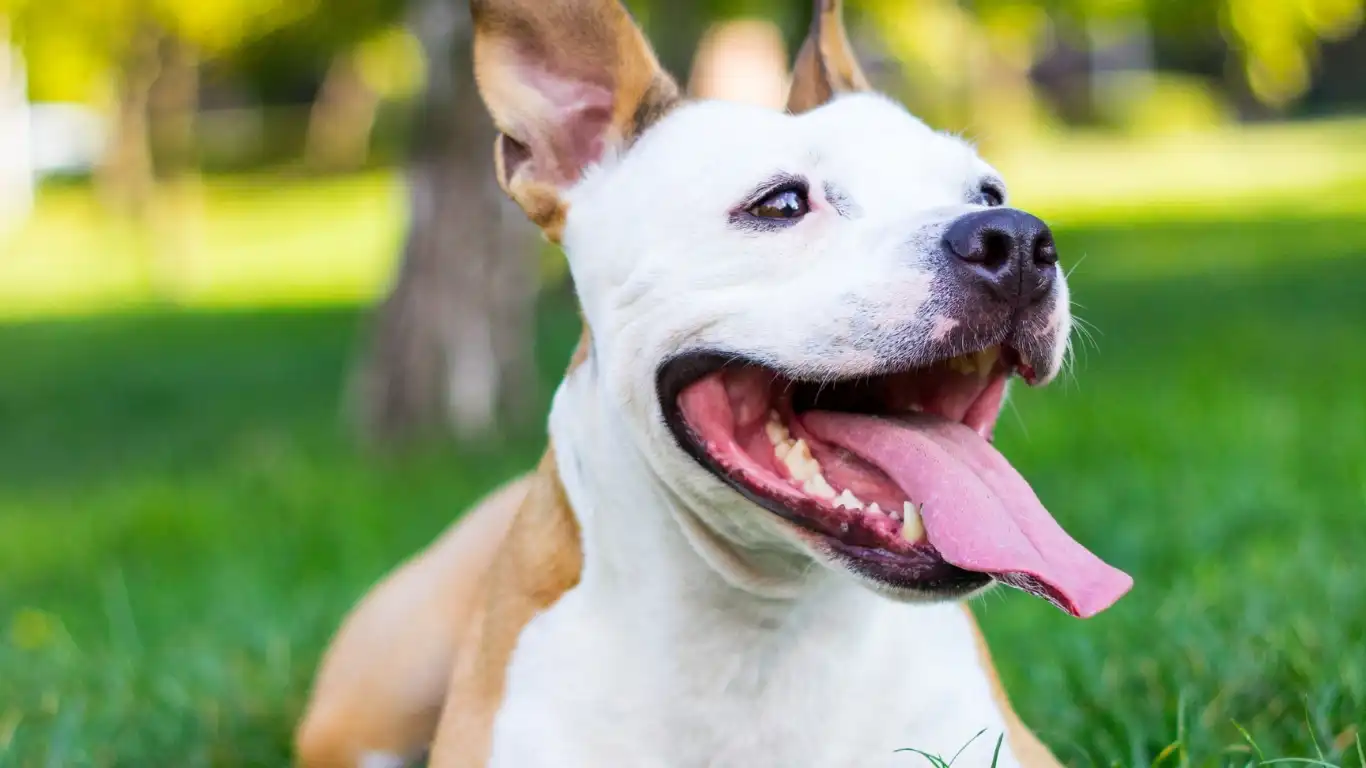
Once your dog is consistently using the pee pad, you might want to transition them to going outside. This is a natural next step for many pet parents who eventually want their dog to relieve themselves outdoors. While this can be a bit of a challenge, it’s definitely possible with patience and persistence. Here’s how to smoothly transition your dog from indoor pee pad use to outdoor potty training.
1. Move the Pee Pad Closer to the Door
To make the transition easier, start by moving the pee pad closer to the door that you’ll eventually take your dog out of. This helps your dog get used to the idea of going to the bathroom near the door, which will eventually lead to them going outside.
Solution: Over the course of several days or weeks, gradually shift the pee pad closer and closer to the door. This will help your dog make the connection that the bathroom area is near the exit. Once your dog is consistently using the pad near the door, you can start taking them outside after every successful pee pad use.
2. Take Your Dog Outside Regularly
When you’re ready to start the transition, begin taking your dog outside at regular intervals, especially after meals, naps, and playtime. Bring them to the spot where you’d like them to go, and stay patient. It may take some time for your dog to understand that going outside is the new routine, but with enough repetition, they’ll get it.
Solution: If your dog has been using the pee pad for a while, start offering praise and rewards when they go outside. Gradually reduce the number of indoor pee pad opportunities, making it more of a special occasion rather than the default. This method allows your dog to learn the difference between indoor and outdoor potty habits.
3. Be Consistent with Praise and Rewards
Just like with pee pad training, consistent positive reinforcement is crucial when transitioning to outdoor potty training. Always reward your dog with treats and praise when they relieve themselves outside. This helps them associate outdoor potty breaks with positive experiences, making the transition smoother.
Solution: Continue rewarding your dog with treats and praise immediately after they go outside. Even if they don’t go immediately, keep the positive reinforcement flowing for each step of the process. It’s about creating a new, positive association with the outdoor potty spot.
References
For more detailed advice on dog training and pet care, I recommend checking out PawPatron. This website is full of valuable resources that can guide you through every step of pet care, from potty training to diet and nutrition.
Disclaimer
The information provided in this article is intended for general guidance and based on personal experience as a pet nutritionist and care expert. Every dog is different, and what works for one dog may not work for another. Always consider consulting a professional trainer or veterinarian if you encounter persistent difficulties during the training process or if your dog displays signs of anxiety or behavioral problems. The author is not responsible for any outcomes resulting from the application of the information shared in this article.
